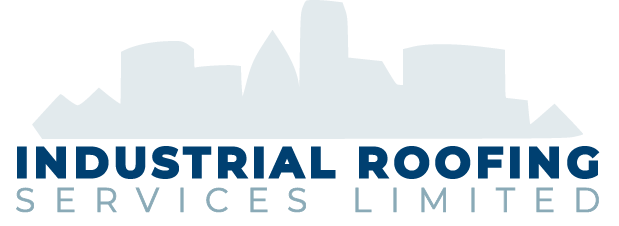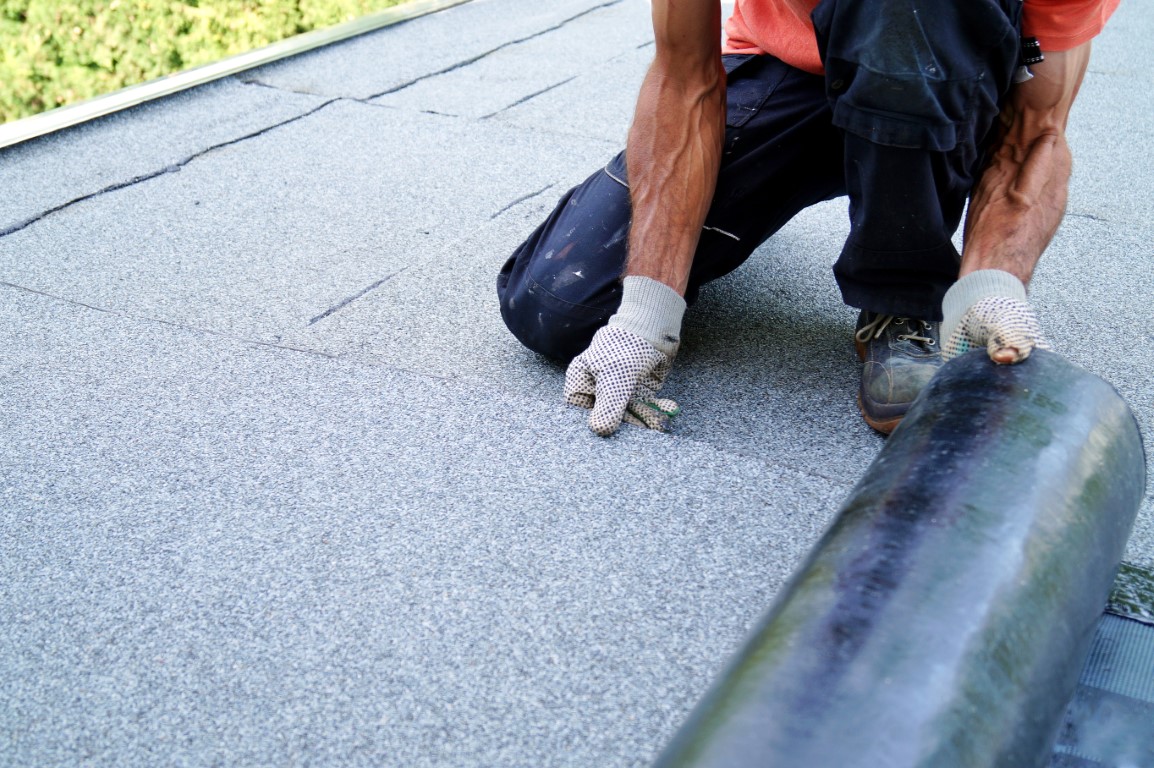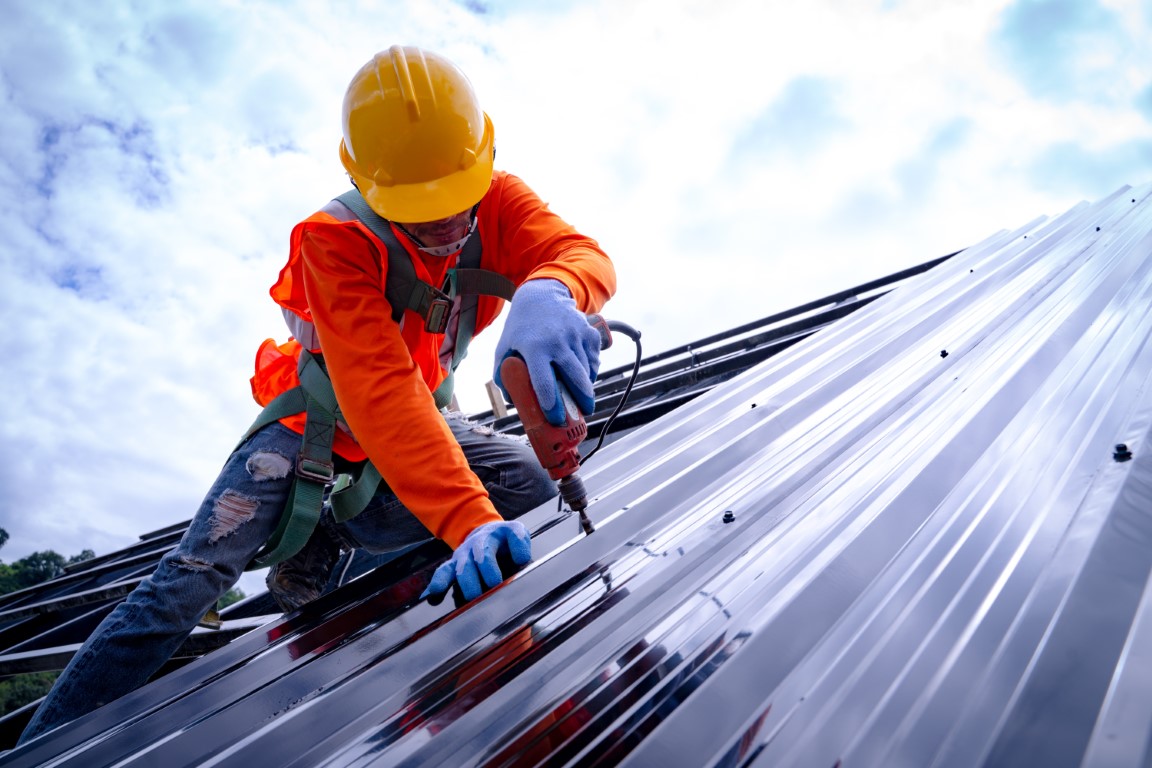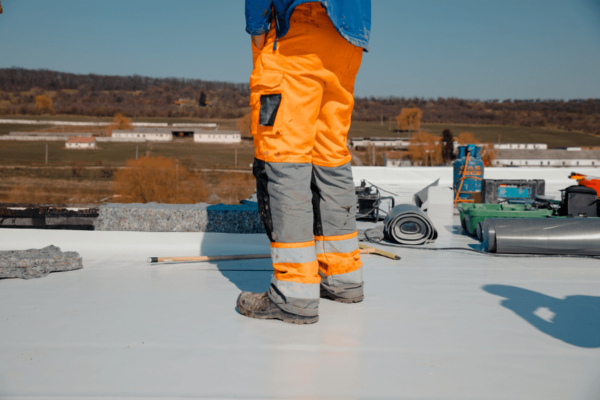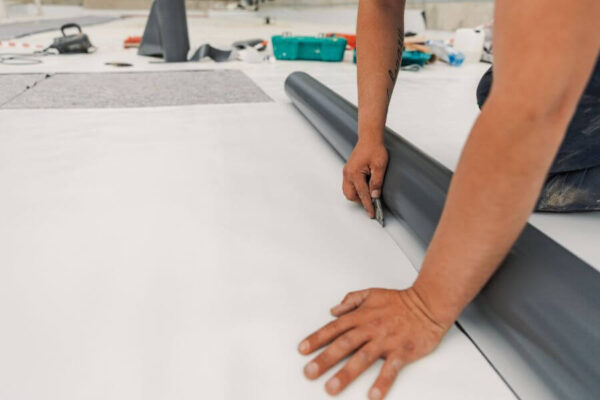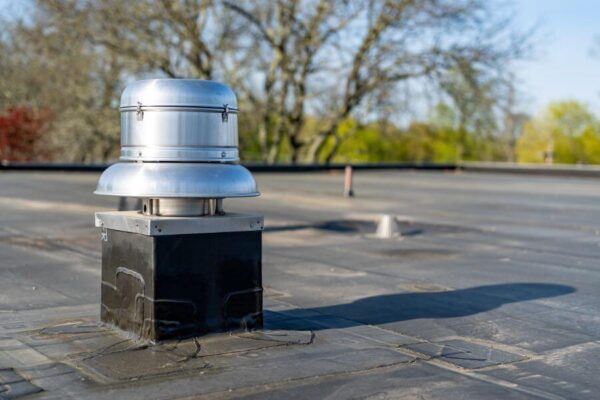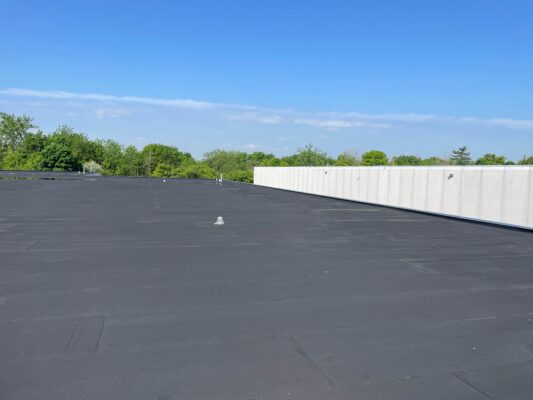As we move into the 4th quarter of 2024, it is time to start thinking about your 2025 commercial roofing budget. At Industrial Roofing Services Limited, we understand that a well-maintained roof is crucial to your commercial property’s safety, efficiency, and longevity. As a trusted provider of flat roof services across Ontario, we’re here to guide you through the essential steps and factors to consider when budgeting for your commercial roof in 2025.
Essential Tips for Planning Your 2025 Commercial Roofing Budget
1. Schedule a Comprehensive Flat Roof Inspection
The foundation of any effective roofing budget is a thorough understanding of your roof’s current condition. Start by scheduling a comprehensive roof evaluation with Industrial Roofing Services Limited. Even if your roof seems in good shape, hidden issues such as leaks can go unnoticed until they cause significant damage. A detailed assessment will provide you with crucial documentation, including photographs, a written evaluation, and recommendations for necessary repairs or replacements.
Limited Time Offer! Schedule a FREE Flat Roof Inspection with us today!
2. Review Your Roof’s History
Understanding your roof’s history is key to planning for its future. Review its age, past maintenance records, and any previous repairs. Older roofs are more prone to wear and tear, which might necessitate more extensive repairs or even replacement. Additionally, check the status of your roof’s warranty. If it’s nearing expiration, consider discussing extension options with your roofing provider. A well-maintained and documented history can give you a better idea of what to expect in the coming year and help you make informed budgeting decisions.
3. Invest in Preventative Maintenance
Preventative flat roof maintenance is one of the most cost-effective ways to extend the life of your commercial roof and minimize long-term repair costs. For flat roofs, regular maintenance is essential to prevent issues such as drainage problems, membrane punctures, and material degradation. By budgeting for routine inspections and maintenance in 2025, you can address minor issues before they escalate into major, costly problems.
4. Factor in Climate and Weather Patterns
Ontario’s climate can be harsh, with its mix of cold winters, heavy snowfall, and hot summers. These conditions can take a toll on your commercial roof, particularly if it’s not properly maintained. When planning your 2025 roofing budget, consider the local weather patterns and their potential impact on your roof. Allocate funds for weather-related repairs and emergency maintenance. Staying ahead of seasonal challenges can prevent weather-induced damage from escalating into major issues.
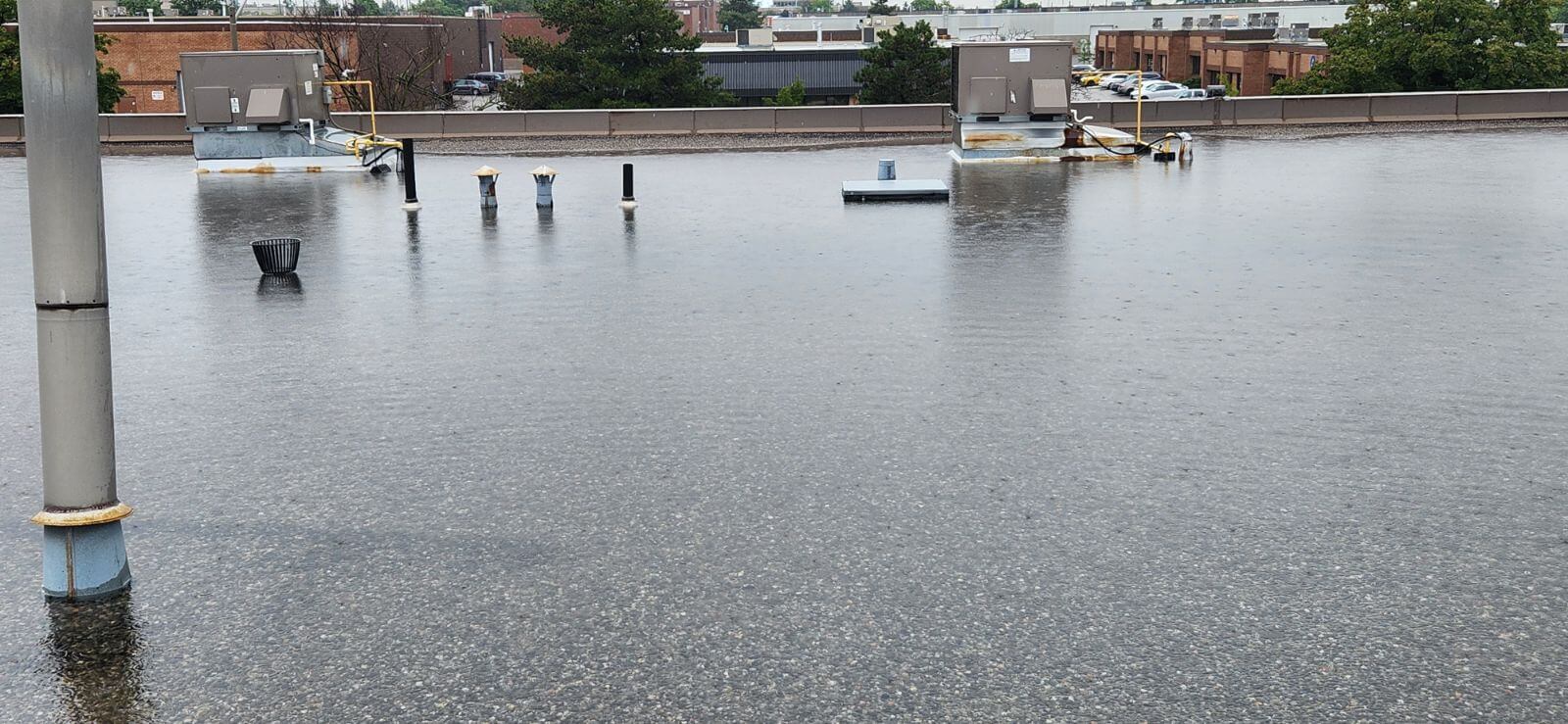
5. Stay Informed on Roofing Trends and Innovations
The flat roofing industry is constantly evolving, with new technologies and materials emerging that can enhance the performance and longevity of your roof. Staying informed about these trends can help you make smart decisions when it comes to your roofing strategy. For example, energy-efficient materials or advanced flat roofing membranes could offer long-term savings by reducing energy costs or increasing durability. While these options might require a higher initial investment, they often pay off in the long run. Consider incorporating these innovations into your 2025 budget for a more sustainable and cost-effective roofing solution.
6. Plan for Inflation and Rising Costs
The cost of materials and labour tends to increase over time due to inflation and market fluctuations. When setting your 2025 roofing budget, it’s crucial to account for these potential price increases. Review current market trends and factor in a buffer for rising costs to ensure your budget remains adequate throughout the year. This foresight can help you avoid unexpected shortfalls and ensure that all necessary work can be completed without financial strain.
Key Factors That Can Affect Your 2025 Roofing Budget
While following the above tips will give you a solid foundation for your roofing budget, it’s also important to understand the specific factors that can influence the overall cost of your roofing project. Here’s a detailed look at what to consider:
1. Roofing Material Choices
The type of material you choose for your flat roof will significantly impact the cost. Common materials include TPO, PVC, EPDM, and modified bitumen. Each material has its own set of benefits and price points. Check out our below blogs for more information about each flat roofing system.
2. Roof Size and Complexity
The size of your roof is a direct factor in determining the overall cost. Larger roofs require more materials and labour, which naturally increases expenses. However, larger projects often benefit from economies of scale, meaning the cost per square foot might be lower than that of smaller projects. The complexity of the roof’s layout, such as the number of HVAC units and the installation of rooftop fall protection systems, can also add to the cost due to the increased time and effort required for installation.
3. Condition of the Existing Roof
The current condition of your roof is another critical factor. If your roof is in good shape, you might only need minor repairs, which are less costly. However, if the roof has significant damage or is nearing the end of its lifespan, you may need a complete replacement of the flat roof, which is a major investment.
5. Installation Method
The method used to install your roofing system will also affect costs. For instance:
- Ballasted systems: Which use heavy materials like river rock to hold the roofing membrane in place, are generally the least expensive due to lower material costs and faster installation times.
- Mechanically attached systems: Require fasteners and plates, making them more expensive than ballasted systems.
- Adhered systems: Which use adhesives to bond the membrane to the roof substrate, are usually the most expensive due to the additional materials and labour required.
By following these tips and considering the factors we’ve outlined, you can create a realistic flat roofing budget for 2025. We offer a range of services, from roof inspections and maintenance to replacement roofing solutions, all designed to meet your specific needs and budget.
Contact us today to start planning your 2025 commercial roofing budget with the experts at Industrial Roofing Services Limited.
